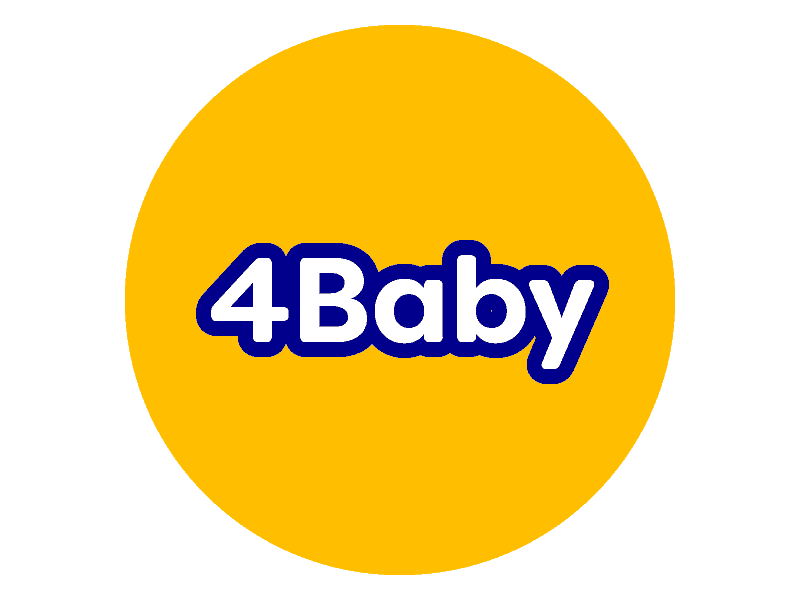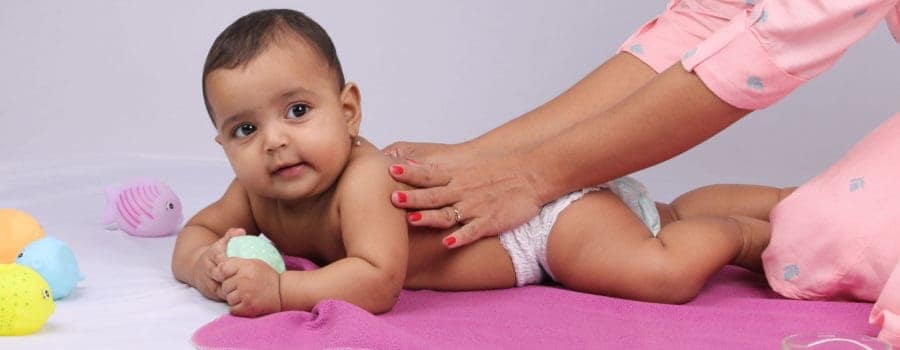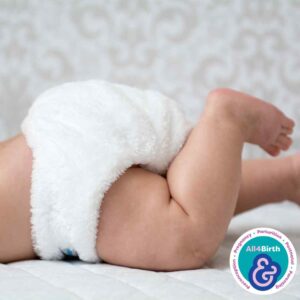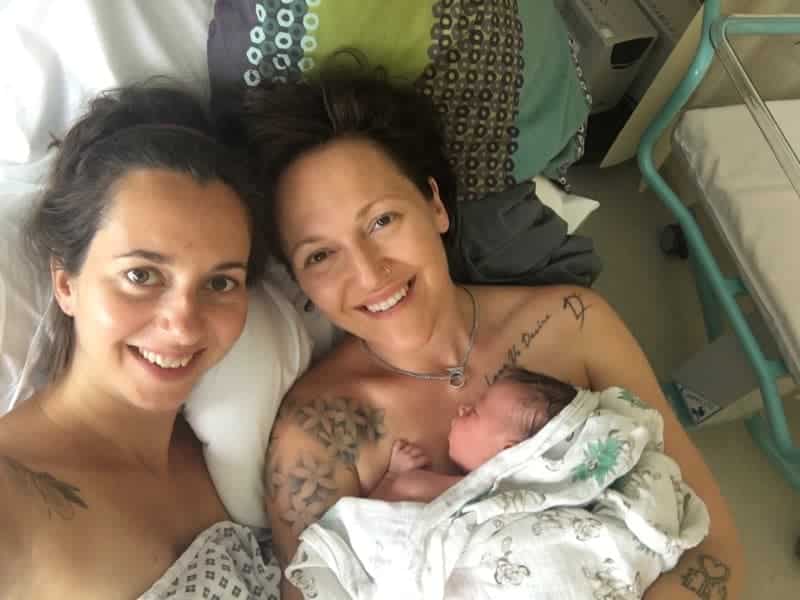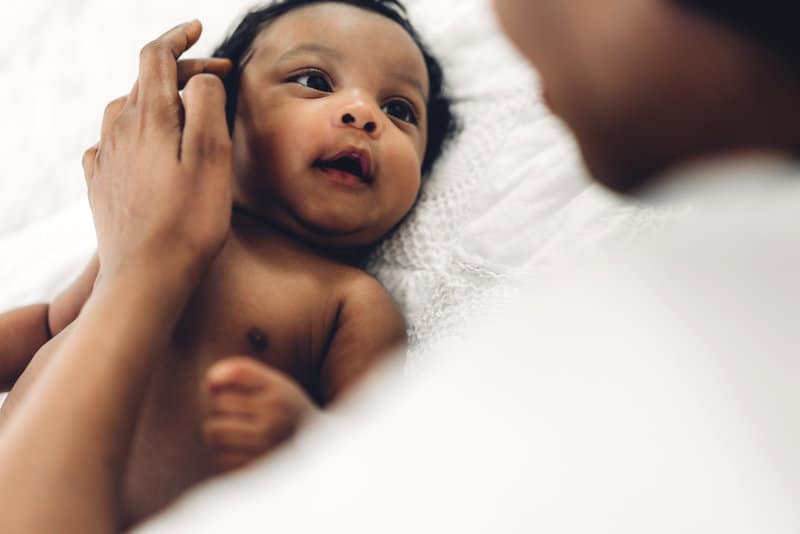Busting the myths on cloth nappies
Angela Willis
Fetal Surveillance Specialist Midwife
Instagram @theecomidwife

Summary
As both a student midwife and registered midwife, reusable nappies were something I knew absolutely nothing about. During my health visiting training however, I went from facilitating baby clinics in an area with exclusive single use nappy use to an area almost exclusively using reusable nappies, and I was so surprised to see literally no barrier creams being used and no prescription barrier creams being requested. These parents educated me on cloth nappy use.
Transitioning to cloth nappies when I became a parent was a journey in itself. Whilst it stopped the poonamis, it meant that I needed to navigate urine leaks and different cloth nappy systems. It took another mum at a local baby group to teach me how to use them, fit them and boost them and suddenly it all became easier. Like with many elements of parenting the support system is so important.
My experience
So when I had my first daughter, I had planned to use cloth nappies & wipes after establishing breastfeeding, partly because I was overwhelmed with choice and had no close acquaintances who used cloth nappies. Due to my daughter having a reaction to wet wipes, we converted to cloth wipes and water at 4 days old. I was surprised to find out that these actually clean far better than single use wipes because they ‘grip’ hold of poo rather than smear it round. Due to having a cow’s milk allergy, pooing 7-8 times a day and reacting to every brand of single use nappy, we also converted to cloth nappies much earlier too. Transitioning to cloth nappies stopped the nappy rash which was amazing to see.
How can Midwives support parents in considering more eco friendly choices?
Firstly, through antenatal education: talk about them, find out about them, know the facts and the benefits of them. Have a read of the factsheet I’ve put together below. Consider reusable period wear and reusable breast pads too. Reusable wipes are an amazing first step to transition to – no chemicals, a great alternative and more effective to cotton wool. Using cloth wipes can cost as little as £40 brand new or even cheaper from old towels. Compared to the average cost of single use wipes at £100-£300 every year and reusable wipes are the cheapest and most environmentally friendly swap.
Secondly, signpost parents to the nappy network, where there is a list of all the cloth nappy libraries up and down the country, with groups and trial kits. Signpost to Facebook support groups like the Nappy Lady Pregnancy and Parenting support group and to the Nappy Lady themselves, who do full demonstrations and question and answer sessions. You can access this for as little as £1. Finally, cloth nappies have incentive schemes to get started cheaper in many different counties in the UK so explore what your council offers.
Busting the myths about cloth nappies
They are not hygienic
Modern washing machines are amazing aren’t they! You use bedsheets again and again in hospitals which have seen everything from birth to death, blood to C difficile infections, and have been reused thousands of times (until they have holes in them & reach the end of their shelf life). For babies under three months old, or when there are any viruses or bugs in the household, cloth nappies should be washed in 60 degree temperatures. For babies over three months old, cloth nappies can be washed at 40 degree temperatures. As for wash routines: put all wet or soiled nappies in a bucket or a wet bag and wash them in your washing machine every 2 days. Put them on a cold rinse cycle first to remove debris & urine, then put them on a long, hot cottons wash with washing powder. Then hang them to dry.
What about the poo?
Poo is not an issue with cloth nappies. Gone are the days of having to soak nappies. Before the introduction of solids/weaning when babies are only consuming formula or breast milk, all poo is water soluble. The rinse cycle on your washing machine is what is needed to remove poo. Post weaning, there will be a degree of having to remove the poo from the nappies, but this is where reusable or single use liners can be useful. Alternatives options include shower head rinses, poo knives, the hold and flush method or elimination communication.
Surely washing cloth nappies is hard work & requires more time and effort than disposable ones?
This depends on many factors: firstly, with single use nappies it takes time to shop for and transport them home. You also have to dispose of single use nappies and pay attention to when you need to buy a size up. In comparison, once you have your cloth nappy ‘stash’ they will see you through from home birth to potty. In terms of the additional time spent doing laundry, cloth nappies should be washed every two days and can be bulked out by things like towels, tea towels & wipes, all of which would already need to be washed. Some cloth nappies require more time than others in terms of putting them on, putting them together or preparing them for use; so how much time is required is dependant on the system in use.
Do cloth nappies use more water?
No, this is a myth too. Single use nappies will use around 1550 litres a week in the manufacturing process. In comparison, reusable nappies will require around two thirds less water to wash. In addition, modern machines use less water – my cottons and rinse cycle on my machine uses 150 litres per wash, which is 450 litres a week.
The carbon footprint of using reusable nappies instead of single use ones is significantly less – around 40% lower. Each single use nappy uses one cup of crude oil to make. Over two years that’s 4500-6000 cups of crude oil compared to reusable nappies. Single use nappies also have plastic packaging, and there are manufacturing and transportation costs to factor in too. In comparison, many cloth nappies are made out of recycled plastic bottles, making them really environmentally friendly. Second hand resuable nappies are another way of saving money, but also reducing your environmental footprint further.
What are the different types and why are there so many?
Having so many reusable nappy choices ensures there is something to suit different families and babies in different ways. There are four different systems: all in one, all in twos, pockets and two part systems (flats or fitted):
- All in ones are the most expensive system but they are the most convenient and similar to single use nappy in terms of fitting, convenience for childcare and washing.
- All in twos are a hybrid system where the inserts are replaced each nappy change. More wraps than inserts are needed, so this is a cheaper system than an all in one.
- Pocket nappies are an open shell with a hole in them, so the absorbent parts can be ‘stuffed’ inside. Once put together, they are put on like an all in one nappy. They require additional time for stuffing but can dry quicker as a result, and are a more budget friendly nappy.
- Two part systems have the most absorbency and leak proofing. They are the best for night time nappies but are usually the most bulky. In terms of cost, two part ‘flats’ systems are typically made from terry cloth or muslins (there are also different materials to consider based on drying time and the amount of absorbency required), with wraps over the top, and can cost around £100-150 all together. They require extra work to put them together but their longevity is amazing, and gone are the days of a safety pin – a ‘nappy nippa’ is a much safer way of attaching flats nappies.
Do cloth nappies leak more?
From the perspective of poo, cloth nappies are far more likely to contain poo thanks to the elastic around the legs and around the waist. Poonamis and poo leaks are especially less likely with two part systems, where there are two layers of added protection. However, urinary leaks can be slightly more common, and this area of concern tends to be where follow-up support becomes invaluable for ensuring that cloth nappy use is successful. The two main common causes of leaks are not enough absorbency, or an ill-fitting nappy, but reaching out for follow up support is the most important solution.
Do cloth nappies affect hip or baby development?
Interestingly, cloth nappies place the legs and hips into a more optimum position and will often be recommended by paediatricians for baby’s with hip dysplasia using a Pavlik harness. In terms of development, there is no evidence that cloth nappies delay physical development (it is also worth considering that our parents were likely in reusable nappies and have developed well physically). In terms of toilet training, there is a small body of research which shows that using cloth nappies can help toilet training in children. The average toilet training age for babies that used cloth nappies is 2-2.5 years compared to babies in disposables who toilet train on average between 2.5-3 years. There are also benefits for reducing nappy rash too.
References
Bakker and Wyndaele (2000) Changes in the toilet training of children during the last 60 years: the cause of an increase in lower urinary tract dysfunction? BJUI 86(3)
Flora and Fauna (2022) Do cloth nappies help potty training? https://www.floraandfaunaclothnappies.co.uk/blog/do-cloth-nappies-help-with-potty-training#:~:text=We%20can%20see%20that%2065,those%20who%20wore%20a%20combination.
Yougov (2021) children toilet training later https://inews.co.uk/news/environment/children-are-being-potty-trained-a-year-later-than-they-were-in-2004-yougov-poll-shows-1083869
The Nappy lady (2022) Advantages of cloth nappies. https://www.thenappylady.co.uk/news/advantages-of-cloth-nappies.html#:~:text=Children%20in%20cloth%20nappies%20do,release%20and%20a%20wet%20nappy.
Williams, Peter. (2020) Nappies: Time for Change – An evaluation of the western approach to toilet training, through the lens of transition design






